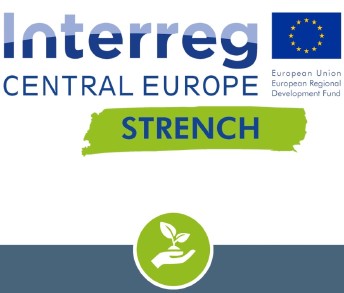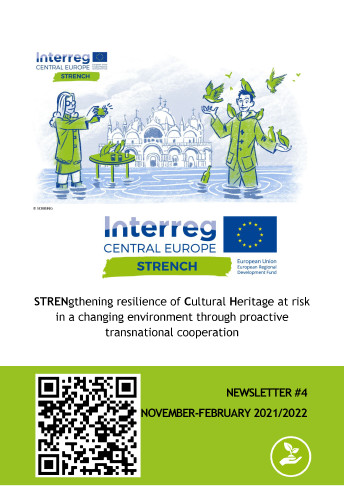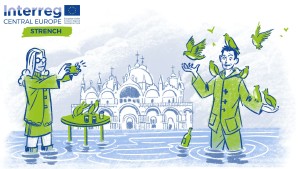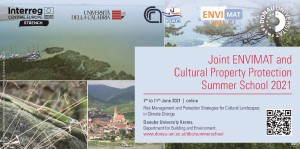STRENCH
STRENgthening resilience of Cultural Heritage at risk in a changing environment
through proactive transnational cooperation
The STRENCH outcomes
contribute to improve the capacities of the public and private sectors to mitigate the impacts of climate change and natural hazards on cultural heritage sites, structures and buildings at risk. It was specifically tailored and robustly implemented in order to propose ready-to-use solutions for assessing climate change effects in order to define strategies for the protection of cultural heritage at risk, assisting local stakeholders in improving their know-how on the process of definition of priorities of intervention and strategies (preparedness/emergency/recovery).
According to the Sendai Framework for Disaster Risk Reduction 2015-2030 and the European Agenda for Culture, the political development of innovative strategies is an asset together with the introduction of cultural heritage preservation in the main political and planning documents for the next programming period. By the achievement of project objectives, STRENCH proactively targets the needs and requirements of stakeholders and policymakers responsible for disaster mitigation and safeguarding of cultural heritage assets and fosters the active involvement of citizens and local communities in the decision-making process.
Summary of project achievements
The project STRENCH – Strengthening resilience of cultural heritage at risk in a changing environment through proactive transnational cooperation, developed ready to use solutions for assessing climate change effects and for protecting cultural heritage & cultural landscapes such as:
- Hazards maps of extreme events in Central Europe for decision making in disaster risk reduction.
- Methodology for vulnerability assessment of cultural heritage at risk.
- WebGIS tool for multi-risk assessment on cultural heritage in Central Europe.
- Sustainable risk management strategies for cultural heritage.
- Pilot-Site implementation of improved WebGIS tool at local/regional level.
- Training actions for risk management and safeguarding cultural heritage at risk.
Create a free account on www.protecht2save-wgt.eu fo unlimeted use of the hazard maps and the WebGIS tool. Please see see the section "Publications" for full information on the methodoly for vulnerability assessment, sustainable risk managment strategies, pilot site implementations and training actions.
Output in Numbers
7 Strategies
1 WebGIS Tool
2 Training Actions
2 Int. Conferences
News & Events
Lessons Learned From Pilot Actions and Investments
Over the course of two years 9 Partners from 7 Central European countries, each with their own unique pilot sites ranging from historic parks, ruined hamlets, palaces threatened by flooding and fire to cultural landscapes adversely affected by climate change, worked together to achieve the project goals of STRENCH.
During the wake of a global pandemic and the ensuing lockdowns the ongoing cooperation between the partners showcased the importance of a continuous transnational cooperation in creating strategies and tools for solving transregional issues.
The implementation of diverse expertise given by the project partnership and their multinational composition benefited each partner in presenting potential guidance in finding solutions to local barriers and gaps identified regarding the individual pilot site actions.
With the improvement of the WebGIS tool and its implementation on the 7 selected pilot sites (as case studies), decision-making bodies have been provided a valuable tool for future planning in disaster risk management. In addition to the WebGIS tool, 7 sustainable risk management strategies were developed (one for each pilot site). Vulnerability analysis of the pilot sites together with a provided methodology for future and/or additional assessments are now available. The mentioned tools were developed with the input of local stakeholders during annually held local working tables at each site.
Disseminating the outputs of the project and training people in the application of these tools was identified as very important. Thus two international conferences and seven awareness raising events managed to attract 270 attendees. Two training actions held as summer schools successfully trained 31 people in the effective usage of STRENCH outputs.
Perhaps the most valuable lesson learned is one of universal nature. Despite the negative odds created by the ongoing pandemic, lasting the entire project-duration, the project-partnership managed to achieve and even over-achieve set goals through a tight knit and ongoing cooperation. This is well illustrated in the reached target groups of local, regional, national and sectoral-public-agencies, of which 79 were successfully reached instead of the aimed 22. The STRENCH project partnership is proud to offer you its projects results in the section “publications” and remains at your disposal.
Our Achievements
Click HERE to reach the ProteCHt2save Web - GIS tool
Publications
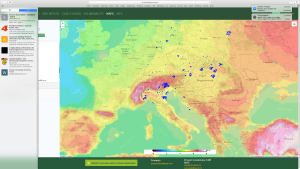
STRENCH WPT1 Integrated WebGIS tool for decision making in the management of heritage at risk
- D.T1.2.2 Vulnerability Ranking (pdf 5.4 MB)
- D.T1.2.1-Inventory-outputs-approaches-EU-Projects-management (pdf 0.5 MB)
- D.T1.3.3-Tutorial-development-for-user-friendly-transfer-of-knowledge (pdf 1.1 MB)
- D.T1.3.2-Finalization-of-the-WebGIS-Tool-for-decision-making (pdf 0.4 MB)
- D.T1.1.1-Stakeholder-Consultation (pdf 2.8 MB)

STRENCH WPT2 Tailoring and implementing strategies for cultural heritage protection in transnational plans for disaster risk management and reduction
- D.T2.2.1-WebGIS-Testing-Austria (pdf 10.4 MB)
- (pdf 9.6 MB)
- D.T2.1.2-Sustainable-risk-management-strategies (pdf 3.5 MB)
- D.T2.2.1-WebGIS-Testing-Italy (pdf 8.5 MB)
- (pdf 23.0 MB)
- D.T2.1.1 Criticalities of CH Landscapes (pdf 23.5 MB)
- D.T2.3.2-Recommendations-for-integration-of-risk-management-strategies (pdf 0.5 MB)
- D.T2.3.1-Awareness-raising-events-for-fostering (pdf 0.9 MB)
- D.T2.2.1-WebGIS-Testing-Slovenia (pdf 2.5 MB)
- (pdf 12.6 MB)
- D.T2.2.1-WebGIS-Testing-Hungary (pdf 1.3 MB)
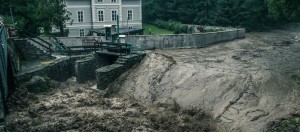
Awareness Raising
- D.T2.3.1-Awareness-event-DE (pdf 0.2 MB)
- D.T2.3.1-Awareness-event-IT (pdf 0.9 MB)
- D.T2.3.1-Awareness-event-UIRS (pdf 0.3 MB)
- D.T2.3.1-Awareness-event-CZ (pdf 0.4 MB)
- D.T2.3.1-Awareness-Raising-Summary (pdf 0.9 MB)
- D.T2.3.1-Awareness-event-HUN (pdf 0.7 MB)
- D.T2.3.1-Awareness-event-HR (pdf 0.9 MB)
- D.T2.3.1-Awareness-event-AT (pdf 0.3 MB)
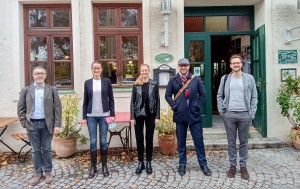
Local Working Tables
- D.C.7.2-AUT (pdf 0.4 MB)
- D.C.7.1-SLO (pdf 0.2 MB)
- D.C.7.1-GER (pdf 0.4 MB)
- D.C.7.2-CRO (pdf 0.4 MB)
- D.C.7.1-CZ (pdf 0.4 MB)
- D.C.7.1-ITA (pdf 1.1 MB)
- D.C.7.2-CZ (pdf 0.5 MB)
- D.C.7.2-SLO (pdf 0.4 MB)
- D.C.7.2-GER (pdf 0.5 MB)
- D.C.7.1-AUT (pdf 0.7 MB)
- D.C.7.1-HUN (pdf 2.0 MB)
- D.C.7.2-ITA (pdf 2.1 MB)
- D.C.7.1-CRO (pdf 0.8 MB)
- D.C.7.2-HUN (pdf 2.5 MB)
Projects Capitalized
Interreg CE - BHenefit
The preservation of built heritage must be environmentally, economically and socially sustainable. Successful management of historical areas requires integrated, participatory and interdisciplinary approach. Sustainable management of historical areas needs a shared dialogue and an ongoing collaboration. Making Heritage buildings sustainable means preserve them and make them more comfortable and energy-efficient. Sustainable tourism as well as the use and accessibility of the HBAs play a major part in conserving and realizing the value of the heritage.
https://www.interreg-central.eu/Content.Node/BhENEFIT.html
Interreg CE - RUINS
The area of Central Europe is rich in medieval ruins and their owners and managers often face the same struggles; how to preserve the ruins and exploit their economic potential without losing their authenticity and integrity. The project was aimed to give the ruins a “second life” and develop and disseminate transnational guidelines and integrated model of contemporary use, modern management and protection of medieval ruins in Central Europe.
www.interreg-central.eu/Content.Node/RUINS.html
H2020 - HERACLES
Heracles follows an integrated monitoring approach for increasing Cultural Heritage Resilience and Supporting Decsion-making , with special focus on the Palace of Knossos and the Fortress of koules in HERAklion, GReece, and the Living Town of Gubbio, Italy.
www.heracles-project.eu
H2020 - Shelter
The overall objective of SHELTER is to establish knowledge framework for heritage-led and conservation-friendly resilience enhancement and sustainable reconstruction of Historic Areas to cope with Climate Change and natural hazards. It covers 5 open labs in Ravenna (Italy), Sefeherizar (Turkey), Dordrecht (Netherlands), in the Sava River Basin (Balkans) and Baixa Limia-Serra (Spain).
www.shelter-project.com
Interreg CE - ProteCHt2save
One of the main results of ProteCHt2save was the development of a WebGIS tool for mapping risk prone areas and vulnerabilities for cultural heritage in Central Europe exposed to extreme events linked to climate change (heavy rains, flood and fire due to drought periods).
www.interreg-central.eu/ProteCHt2save
Interreg CE - HICAPS
HICAPS aimed at developing different concepts how to revitalize castle parks. By building different interactive contents and by developing tools park spaces were enrichted and turned into places for spending time in.
https://www.interreg-central.eu/Content.Node/HICAPS.html
FP7 - Climate for Culture
In the face of global climate change, the project CLIMATE FOR CULTURE is investigating the potential impact of climate change on Europe’s Cultural heritage assets – particularly on historic buildings and their interiors.
www.climateforculture.eu
FP6 - Noah’s Ark
In NOAH'S ARK a Vulnerability Atlas and Guidelines Supporting Europe's Cultural Heritage Managers were created. in order to assess the impact and threats of climate change to built heritage and cultural landscapes various future climate scenarios and the effects of different adaptation strategies were modelled.
https://cordis.europa.eu/project/id/501837
DG-EAC - Safeguarding cultural heritage from natural and man-made disasters
Recommendations addressed to European Public Authorities At different levels and operational bodies WERE developed on the topic "safeguarding Cultural Heritage from Natural and Man-Made disasters".
https://op.europa.eu/en/publication-detail/-/publication/8fe9ea60-4cea-11e8-be1d-01aa75ed71a1
Project Partners
PROJECT PARTNERS IN DETAIL
LP - ISAC-CNR (IT)
Institute of Atmospheric Sciences and Climate - National Research Council of Italy
ISAC is the largest CNR Institute on atmospheric sciences and one of the top-level Institutes of the Department of Earth System Science and Environmental Technologies. It is structured in 7 Units over the country (Bologna, Lecce, Roma, Torino, Padova, Lamezia and Cagliari) and its highly multidisciplinary research concerns with many basic aspects of atmospheric physics, chemistry and biology, which are of applicative relevance in the field of environmental protection. ISAC has a strong multi-disciplinary portfolio with links to top ranking national and international research groups. The ISAC research team involved in STRENCH aims at assessing, predicting and managing the effects of natural, environmental and anthropogenic hazards on built heritage and cultural landscapes, including the impact of extreme events, mainly by:
– Studying the interaction of Cultural Heritage with the environment;
– Modelling & experimental activities aiming at the development of tools (risk indicators & maps, damage functions) for the quantitative assessment of climate change and multi-hazards impact on Cultural Heritage;
– Vulnerability and risk assessment of Natural and Cultural Heritage and definition of strategies for its protection and safeguarding (preparedness, emergency, recovery).
www.isac.cnr.it
PP2 - ITAM CAS (CZ)
Institute of Theoretical and Applied Mechanics of the Czech Academy of Sciences
The Institute of Theoretical and Applied Mechanics (ITAM), located in Prague, is a part of The Czech Academy of Sciences.
ITAM works on scientific research in the field of solid-phase mechanics, oriented particularly on micromechanics, biomechanics of solids, statistical dynamics of systems and media, nonlinear mechanics of systems, processes of failure of materials, mechanics of multifunctional materials, mechanics of particulate media, and computer and numerical mechanics.
The research is also concerned with the economic assessment of structures, buildings, etc. including proposals for new methodologies for special-purpose buildings and structures and the assessment of environmental and territorial effects, particularly in the safeguarding and evaluation of historical buildings and settlements.
For safeguarding architectural and built heritage broader interdisciplinary research of historic materials, structures and sites have been developed in recent years. It includes the development of relevant methods for diagnostics, monitoring and failure analysis of mainly timber and masonry structures as well as methods of their surveying, investigation, documentation, consolidation and conservation.
www.itam.cas.cz
PP3 - DUK (AT)
University for Continuing Education - Danube University Krems
DUK is a state university exclusively oriented towards continuing education, encompassing the needs of working professionals. Founded in 1994, it currently serves more than 8,000 students and with 16,000 graduates from 90 countries, it is one of the leading providers of further education courses in Europe. Located in the UNESCO World Heritage Cultural Landscape of Wachau, it lays great value on respect and sustainable exploitation of cultural heritage.
The Centre for Cultural Property Protection has developed a special expertise and huge experience in the field of cultural heritage protection in (climate change induced) natural catastrophes and cost-efficient preparedness measures for movable and immovable cultural heritage. It has already built an extensive network of emergency responders for cultural heritage protection and has conducted prototype live-exercises for cultural heritage recovery. The centre cooperates closely with the Austrian Armed Forces unit for Cultural Property Protection and has an excellent working relationship with national and international, governmental and non-governmental institutions (e.g. UNESCO, ICCROM, ICOMOS) in heritage protection.
www.donau-uni.ac.at
PP4 - FVG (IT)
Villa Ghigi Foundation
FVG was instituted in 2001 as a joint initiative of the City, the Province and the University of Bologna, succeeding the former Centro Villa Ghigi (created in 1980). Its mission pertains the preservation and management of the Villa Ghigi public park (30 hectares) near the town, into the unique hillside landscape of Bologna and the management of other public parks near Bologna: Villa Aldini, Prati di Mugnano (in Sasso Marconi) and other ones starting from 2020.
FVG focuses primarily on the careful planning and administration of public green areas, which need to combine a sustainable management with the preservation of ecological and historical aspects of the territory. FVG is strongly committed to the spreading of environmental and naturalistic awareness amongst schools, citizens and also tourists, through the organization of educational and pedagogic outdoor activities, training courses and indoor laboratories, as well as public initiatives and events, attended yearly by hundreds of classes, scholars, families and thousands of people. Additional activities include issue of publications about parks and natural, naturalistic itineraries and sites, as well as health care prevention through horticultural therapy programs.
www.fondazionevillaghigi.it
PP5 - SISTEMA (AT)
SISTEMA GmbH
SISTEMA GmbH is a privately-held company founded in 2009 in Vienna. SISTEMA offers its customers a wide range of products and services based on remote sensing analysis techniques and IT applications. Thematic services include meteorological, environmental, and dedicated applications/general services and research projects.
SISTEMA has an extended experience in thematic projects to support atmospheric sciences since 2010), forestry applications (since 2011), cultural heritage safeguard (since 2016), climate change resilience (since 2017), emergency support to NGOs (since 2019).
www.sistema.at
PP6 - LBDCA (HU)
Lake Balaton Development Coordination Agency
LBDCA is a non-profit organisation. It was established in January 1, 2000 by the Lake Balaton Development Council. The Agency performs professional and operative duties promoting the development of the Lake Balaton Resort Area in relation to the activities of the Council. The LBDCA has 21 employees working at three offices around the lake at Siófok, Keszthely and Balatonfüred.
The basic activities of the Agency include the participation in the preparation and implementation of regional development programmes. A priority task of the LBDCA is managing the application of development funds appropriated by the central budget based on the Council’s decisions.
LBDCA participates in several international projects to promote the development of the area and make cooperation more effective. The Agency aims to protect natural values of Lake Balaton and to increase the competitiveness of the region at international level through learning about and adopting foreign best practices. Over the past few years, the Agency has implemented 22 international projects in the framework of 12 international cooperation programmes.
www.balatonregion.hu
PP7 - UIRS (SI)
Urban Planning Institute of the Republic of Slovenia
UIRS is the main national urban research institute in Slovenia, established more than 50 years ago; researching open space, architectural and cultural heritage sites, developing innovative methods and tools. UIRS researchers comprise an interdisciplinary group of about 20 experts in various areas and disciplines, including architecture, landscape planning, surveying, agronomy, geography, sociology, urban economics, art history and urban planning. The Urban Planning institute has been involved in several EU and national projects dealing with the issue of the sustainable management of historical urban areas regarding cultural heritage preservation, climate change issues and developing and implementing ICT tools.
www.uirs.si
PP8 - LRA FO (DE)
District Council Forchheim
Landkreis Forchheim is the local authority at district of Forchheim. It offers public services and infrastructure e.g. public transport and roads, social services, landscape protection and climate change management, agricultural services (especially fruit sciences). Landkreis Forchheim is a non-profit actor and local government authority. Relevant to the STRENCH project is the typical cultural landscape of fruit production (especially cherries) and timbered houses in the valleys. This cultural landscape must be protected by the challenges of climate change.
www.lra-fo.de
PP9 - MoD (HR)
Municipality of Dugopolje
Municipality of Dugopolje is a local public authority in Split-Dalmatia county, Croatia. The municipality performs activities of local importance that directly meet the citizens' needs, as well as activities related to the protection and improvement of the natural environment and cultural heritage at the local level. The vision of the Municipality of Dugopolje is to synthesize their own geo-traffic, natural, spatial, and cultural resources, to become an example of successful local development based on the preservation of valuable cultural and natural heritage, tourism and innovation entrepreneurship. That is why it aims to manage natural, environmental and anthropogenic resilience induced by climate change, including the impact of extreme events. The Municipality of Dugopolje has introduced the Action plan in the context of the foreseen steps in establishing an integrated system of sustainable eco-energy development and environmental resistance to climate change. Also, Municipality of Dugopolje has actively participated in projects which are ensuring the dissemination and application of sustainable urban planning and construction models, innovation and coherence based on the idea of sustainable growth at the local, regional and national level.
www.dugopolje.hr
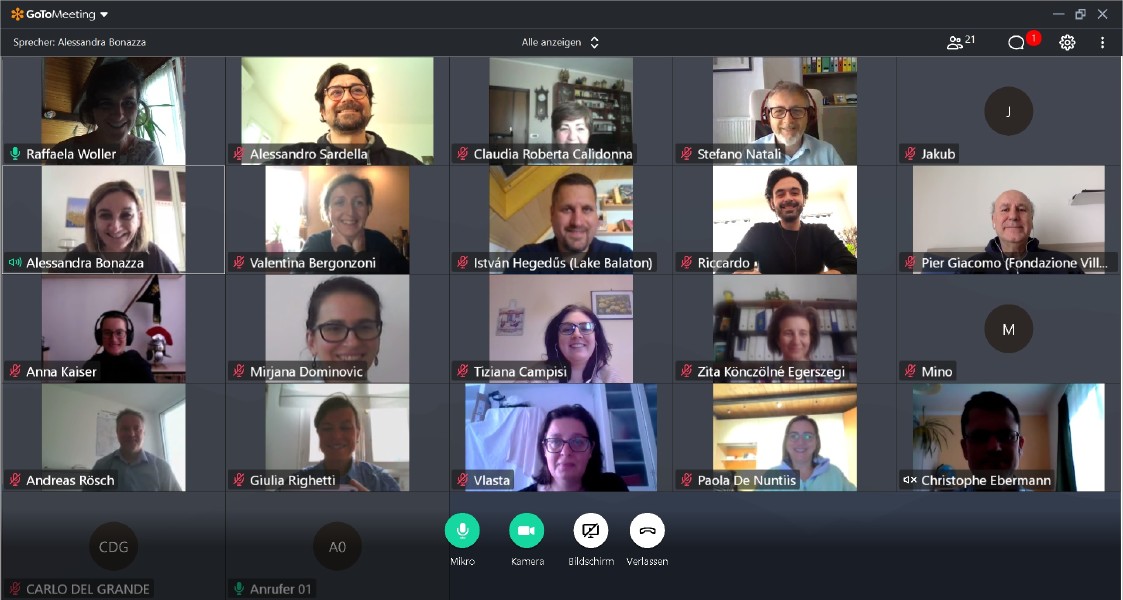
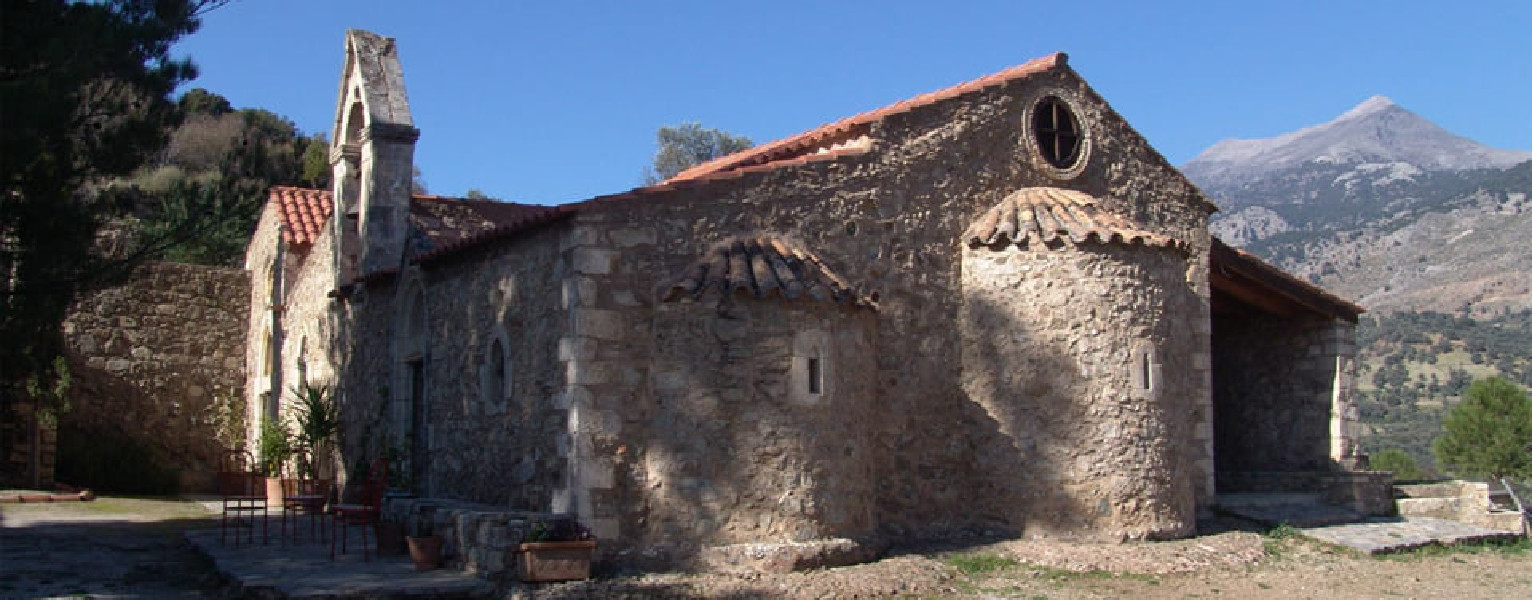


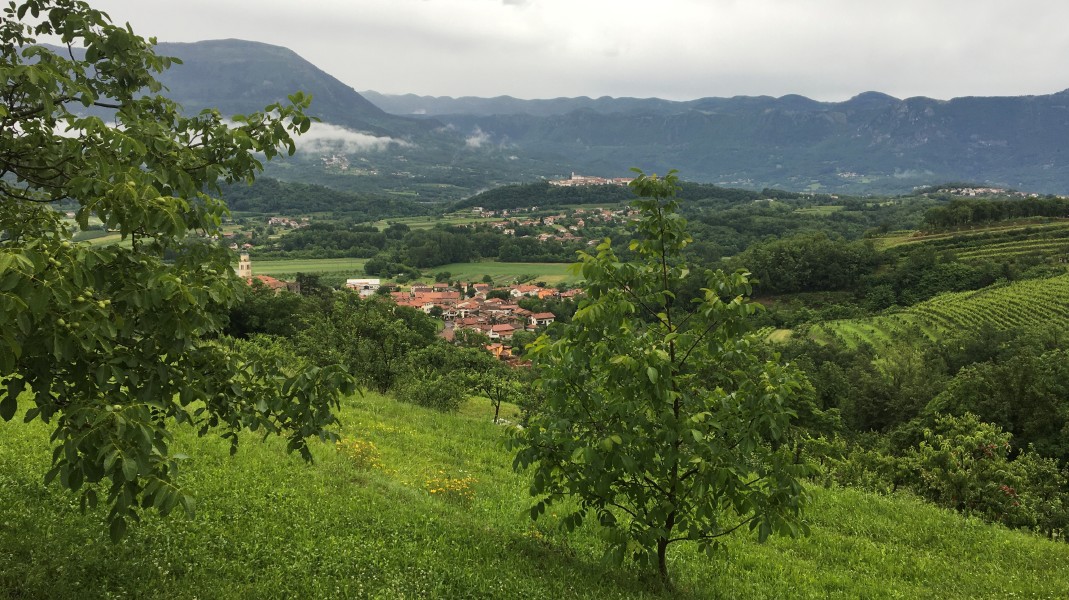
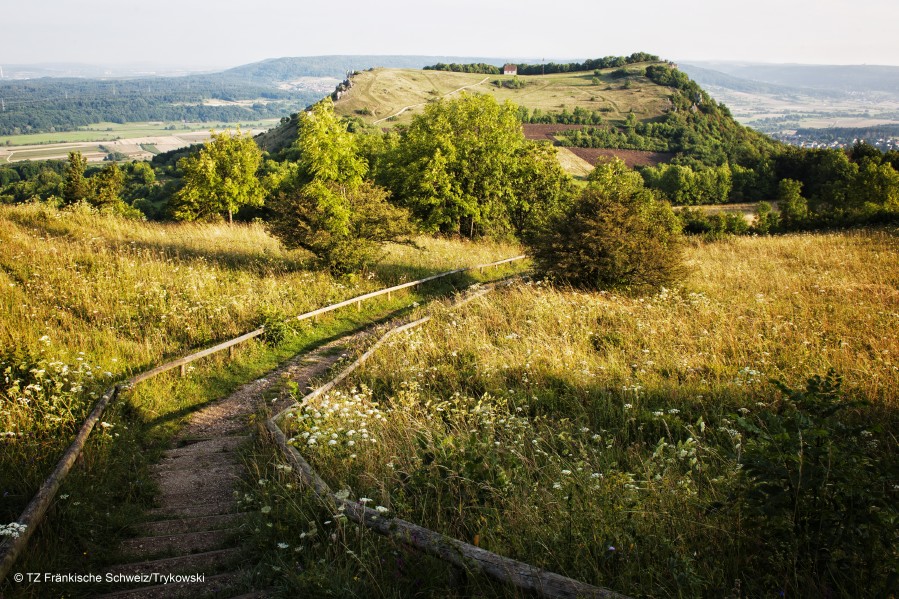
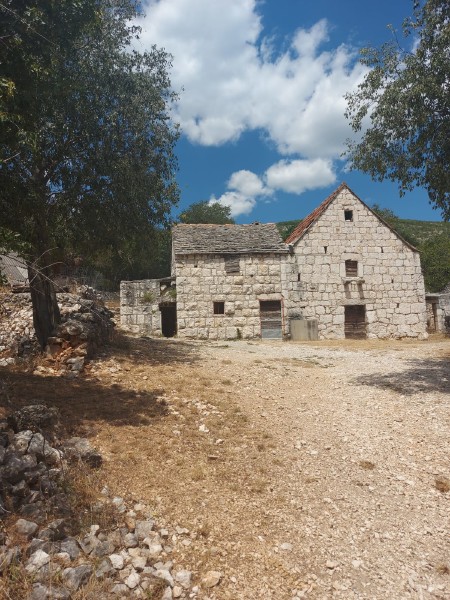
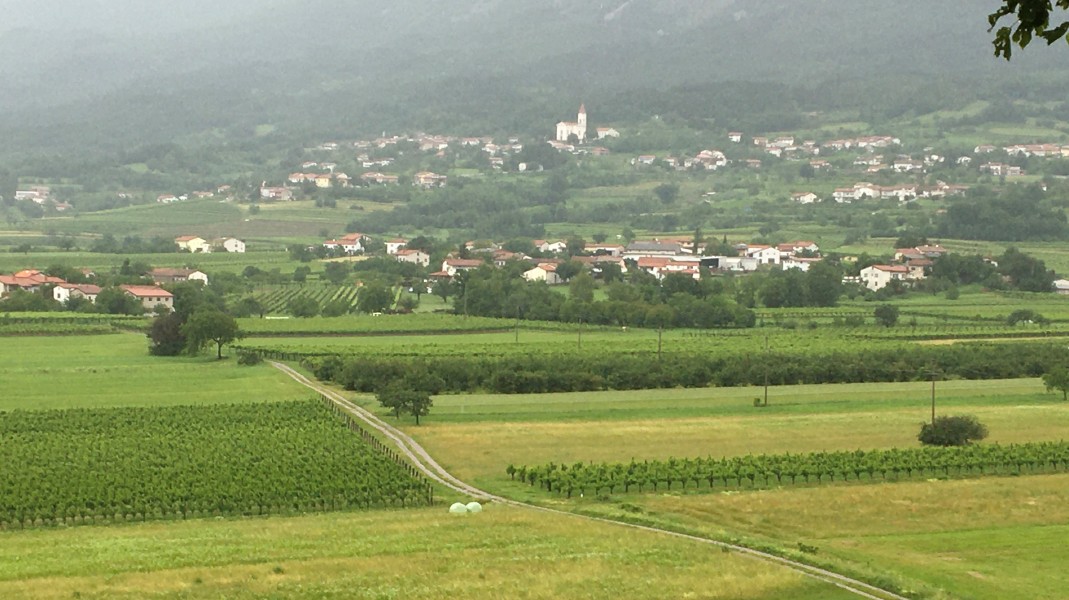
Project Duration
01.03.2020
28.02.2022
Project Budget
1.064.956,62 EURO ERDF Funding
1.301.712,50 EURO Budget in total
